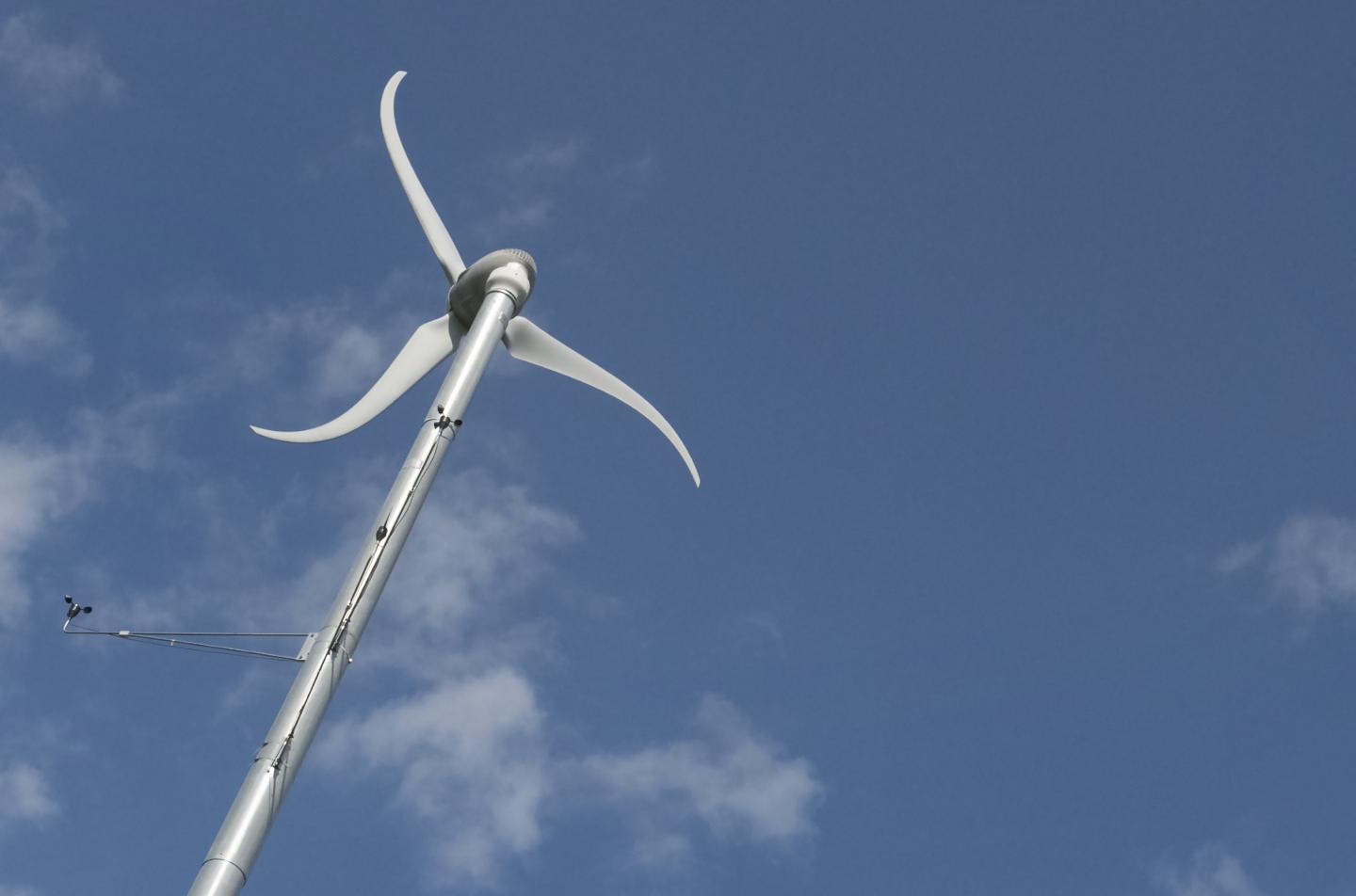Nov 12 2018
Optimizing Wind Turbines
 It’s pretty clear at this point that we need to be moving away from fossil fuels as quickly as possible. Fossil fuels essentially are stores of ancient carbon, long sequestered from the environment, that we are now releasing back into the environment, altering the balance of the carbon cycle leading to increased forcing of global temperatures.
It’s pretty clear at this point that we need to be moving away from fossil fuels as quickly as possible. Fossil fuels essentially are stores of ancient carbon, long sequestered from the environment, that we are now releasing back into the environment, altering the balance of the carbon cycle leading to increased forcing of global temperatures.
The good news is that other forms of energy are advancing nicely. Wind and solar are now past the point of cost effectiveness in many situations – without even counting the cost of pollution, which I think should be counted. If you consider the health and environmental effects of fossil fuel pollution, all other forms of energy become much more cost effective. (This is the idea behind the carbon tax.)
Nuclear, it seems, is likely going to have to be part of any future energy infrastructure that uses minimal fossil fuel, but lags in cost effectiveness. The nuclear industry is responding, however, with safer and cheaper designs.
It is heartening to know that we essentially have the technology to phase out fossil fuel right now, if we had the political will to do so. It is, of course, disheartening that we lack the political will even in the face of a solid scientific consensus, and clear technology options. Further, whatever technology we choose to invest in will only get better over time.
This constant progress has made the conversation about renewable energies in particular interesting – because the facts on the ground are constant evolving. Solar and wind keep getting better and more cost effective. Wind power is particularly interesting because there are so many factors involved – in both the design of the turbines themselves and their placement.
Turbines need to be placed where the wind is fastest, but also they need to be spaced out to minimize interference with each other. Turbines reduce the wind speed behind them by causing drag, reducing the efficiency of each turbine down the line. This is where different technologies dovetail – researchers are using computational models to determine the optimal placement of wind turbines in the environment.
One new method of doing this is called “biogeographical-based optimization,” which is based on how animals space themselves out in the environment to optimize their use of resources. This kind of analysis takes lots of computing power, so advances in these algorithms increase the speed and efficiency of these analyses.
This is all an interesting example of how knowledge in one area feeds into another – knowledge of animal behavior informs the spacing of wind turbines using advanced computer algorithms. Who would have guessed?
Well, just about any scientist. This quirky and unpredictable way in which knowledge in one area may unexpectedly bleed into other applications happens all the time. I am all for directed translational research, but we also have to invest in just letting scientists research questions that interest them, without worrying about what application it will lead to.
Criticizing research for being frivolous or not having and useful application seems to crop up often with animal research, as if we have no legitimate reason to study the sex lives of frogs. It’s easy to make fun of such research as wasteful. But knowledge of the world is useful, even if we cannot immediately see a direct application. Researching frogs may unexpectedly give us an early warning system about some environmental effect, for example.
There is also a long history of imitating nature, because natural systems have been optimized over millions of years by selective pressures. In many cases, we would do well to emulate these evolved systems, or at least to understand the forces at work and how they have been optimized.
Now we have another example – using knowledge gained from studying ecosystems to the optimal placement of wind turbines for energy production. We also have to consider their placement in order to minimize the environmental effects of the turbines, due to bird and bat deaths, for example. These numbers are relatively small, but we do need to keep them away from flight paths for larger birds where even small numbers of deaths can be significant.
All of this may seem like small stakes, but eking out small gains in efficiency can have a huge impact when you are talking about our energy infrastructure. Each incremental gain in wind or solar technology translates to huge potential environmental and economic gain.
Finally, these types of advances are a reminder that priorities matter. What technologies will we invest in? Those are the technologies that will advance. If we shift over into renewables and nuclear power, then those technologies will advance more quickly. At the same time, it seems clear that market forces have been helpful here. The industries are responding to pressures, such as the nuclear industry developing more cost effective designs.
That is why one approach is to simply tweak the market pressures to push in the direction of less carbon. We can do this by simply not allowing carbon emitters to externalize the cost of that carbon, which they produce and they benefit from. Let everything incur the true market cost of its production. Right now the market is perversely distorted by subsidies and externalized costs. We would be much better off if we just got rid of these distortions.
Renewable and nuclear power are simply better ways of producing energy than fossil fuel, which is kept artificially cheap by subsidies and externalized costs. This is easy to fix – if we have the political will.






